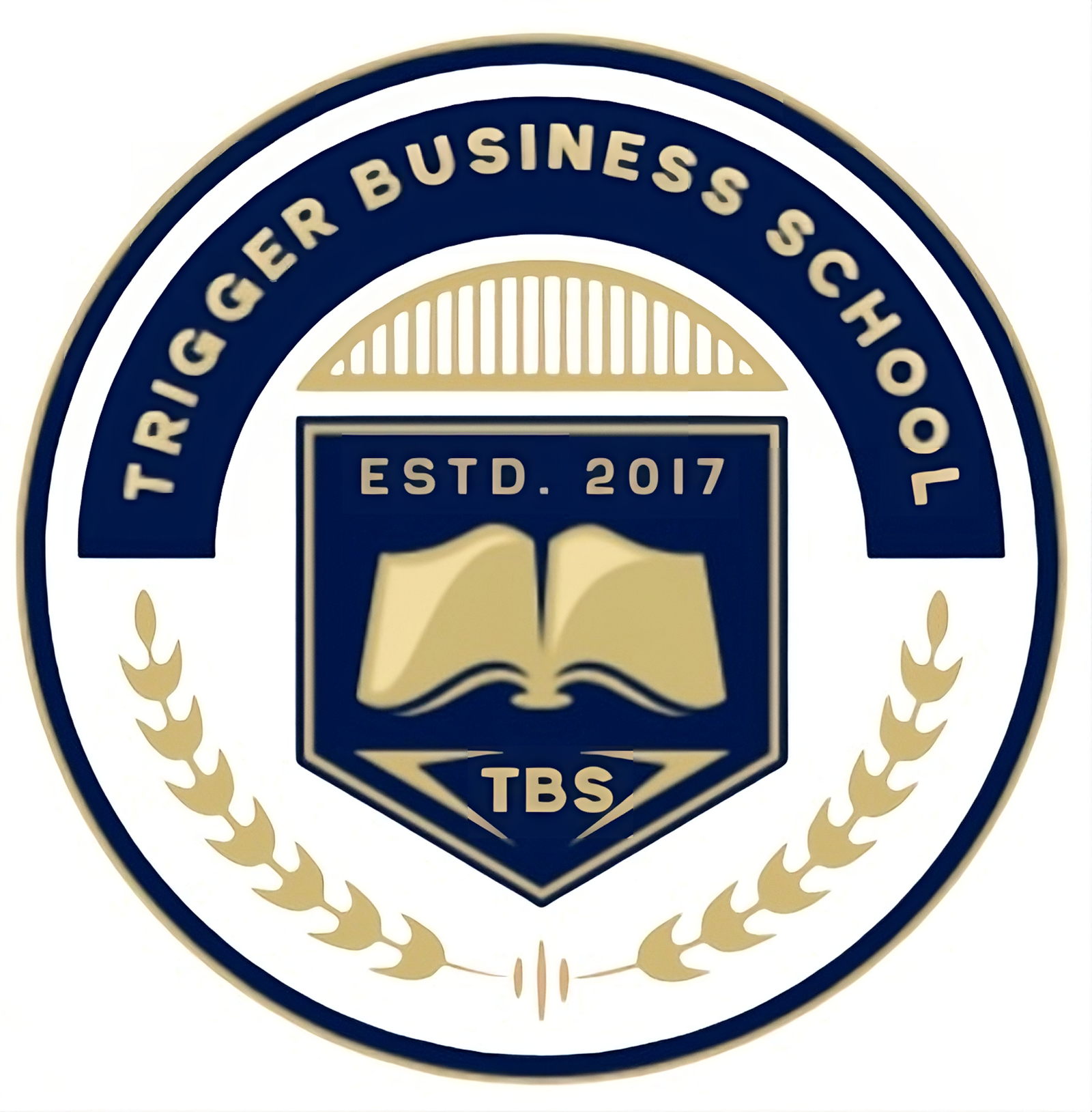Job Analysis: A Comprehensive Guide for HR Professionals
In the dynamic world of Human Resource Management (HRM), job analysis is one of the most critical processes that lay the foundation for various HR functions. At Trigger Business School, we emphasize the importance of mastering job analysis for MBA HR students and HR professionals to build a successful HR career. This blog explores what job analysis is, its importance, methods, and applications, ensuring you gain an in-depth understanding of this essential HR tool.
What is Job Analysis?
Job analysis is the systematic process of studying and documenting the responsibilities, duties, skills, qualifications, and work environment of a specific job. It provides essential information that helps HR professionals make informed decisions regarding recruitment, training, performance evaluation, and compensation.
The output of a job analysis is typically two documents:
- Job Description (JD): A detailed statement outlining the responsibilities and tasks of a job.
- Job Specification: A statement highlighting the skills, qualifications, and experience required to perform the job.
Why is Job Analysis Important?
Job analysis plays a pivotal role in ensuring organizational efficiency and employee satisfaction. Here’s why it matters:
1. Accurate Recruitment and Selection
By identifying the specific requirements of a job, HR professionals can design targeted recruitment campaigns and select candidates who best fit the role.
2. Fair Compensation
Job analysis helps determine the value of a job within the organizational hierarchy, ensuring competitive and equitable pay structures.
3. Enhanced Performance Management
Clear job descriptions derived from job analysis serve as benchmarks for evaluating employee performance and setting achievable goals.
4. Effective Training and Development
It identifies skill gaps and training needs, enabling HR to design programs that enhance employee competencies.
5. Legal Compliance
Comprehensive job analysis ensures that organizations adhere to labour laws and anti-discrimination policies, mitigating potential legal risks.
Methods of Job Analysis
HR professionals employ various methods to gather information for job analysis. Here are the most commonly used techniques:
1. Observation Method
This involves directly observing employees as they perform their tasks. It’s ideal for jobs with physical activities but may not be effective for roles requiring mental or technical skills.
2. Interview Method
HR professionals interview employees and their supervisors to gain insights into the job’s responsibilities, challenges, and requirements.
3. Questionnaire Method
A structured questionnaire is distributed to employees, asking them to describe their duties, responsibilities, and required skills.
4. Critical Incident Technique
This focuses on identifying key events or “critical incidents” that significantly impact job performance, helping to understand core responsibilities.
5. Work Diary/Log Method
Employees maintain a log of their daily tasks, providing detailed information about their work activities over time.
Applications of Job Analysis in HRM
Job analysis has far-reaching applications in various HR functions, making it a cornerstone of strategic human resource management. Here are some key areas where job analysis is indispensable:
1. Talent Acquisition
- Creating accurate job postings.
- Shortlisting candidates based on clear job specifications.
2. Performance Appraisal
- Defining performance metrics and KPIs.
- Providing constructive feedback based on job expectations.
3. Training and Development
- Identifying skill deficiencies.
- Designing role-specific training programs.
4. Job Evaluation and Compensation
- Determining the relative worth of a job.
- Establishing fair pay grades and benefits.
5. Workforce Planning
- Identifying future workforce needs.
- Aligning job roles with organizational objectives.
Job Analysis: Best Practices
To ensure the effectiveness of job analysis, HR professionals should follow these best practices:
- Involve Stakeholders: Engage employees, supervisors, and management to gather accurate and diverse perspectives.
- Use Multiple Methods: Combine observation, interviews, and questionnaires for a comprehensive analysis.
- Regular Updates: Jobs evolve over time, so periodic review and updates are crucial.
- Leverage Technology: Utilize HR software and tools to streamline the job analysis process and maintain accurate records.
Job analysis is a fundamental process that impacts every aspect of human resource management. For MBA HR students and HR professionals, mastering this skill is essential to driving organizational success and employee satisfaction. At Trigger Business School, we believe in equipping our students with the knowledge and tools needed to excel in job analysis and other critical HR functions.
Whether you’re crafting a job description, designing a training program, or evaluating performance, job analysis provides the foundation for informed decision-making. Embrace the power of job analysis and unlock new opportunities for growth in your HR career!
